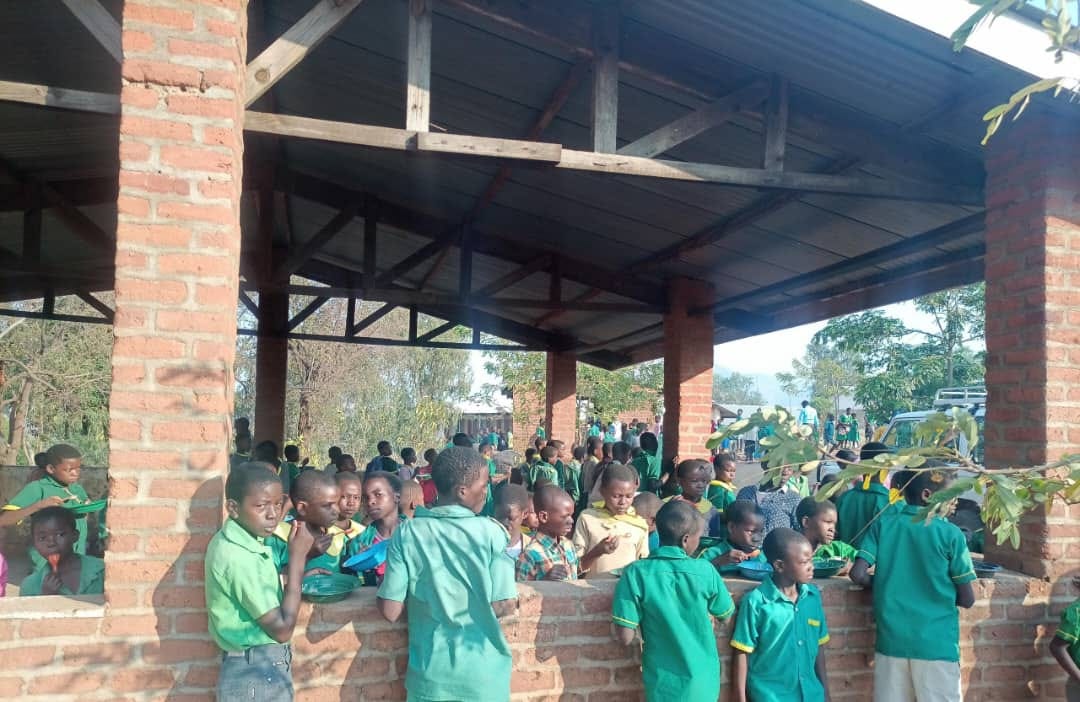WFP School Meals Boost Attendance, Performance for Malawi's Vulnerable Students
Nambande Primary School serves varied meals to its 1,995 students each weekday morning.
ZOMBA, Malawi— The World Food Programme's school feeding initiative is tackling education challenges in rural Malawi, where food insecurity has long plagued communities, writes Esther Banda.
Despite an 88% primary school enrollment rate, Malawi struggles with completion rates and high dropout numbers.
The WFP's Home Grown School Feeding Programme aims to address these issues while improving nutrition and academic performance.
At Nambande Primary School in Zomba District, hunger once drove many students from classrooms. Steven Chingale, a seventh-grade pupil, recalls dropping out in 2022.
"I could not concentrate with an empty stomach," Chingale said.
He returned to school last year, adding, "Having nutritious meals every morning before resuming classes has improved my academic performance."
Richard Maganizo, Nambande's headteacher, reports significant improvements since the program's 2021 launch.
"The passing percentage of this school has improved from 44 to 80 percent," Maganizo said.
Paul Turnbull, WFP's country director in Malawi, emphasized the program's importance.
"School feeding... provides an incentive for children to continue their education, especially during crises," he said.
Nambande Primary School serves varied meals to its 1,995 students each weekday morning.



